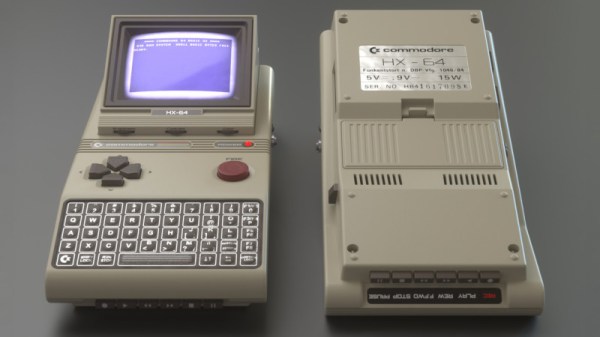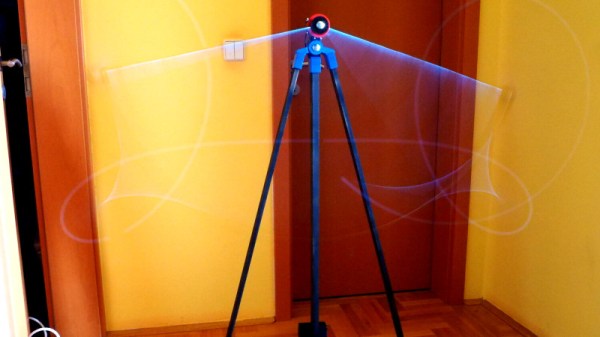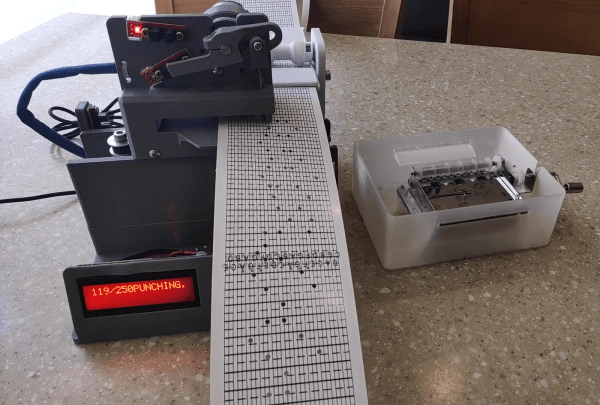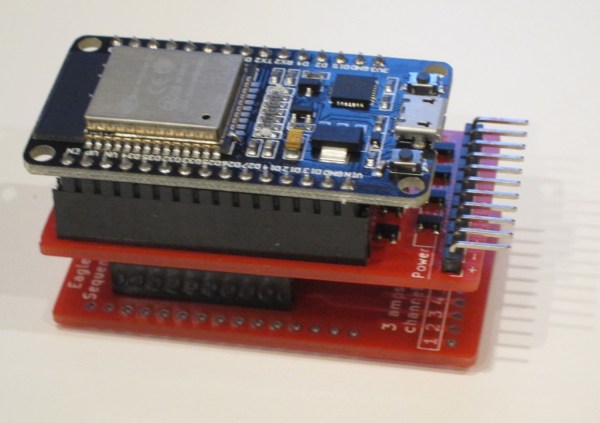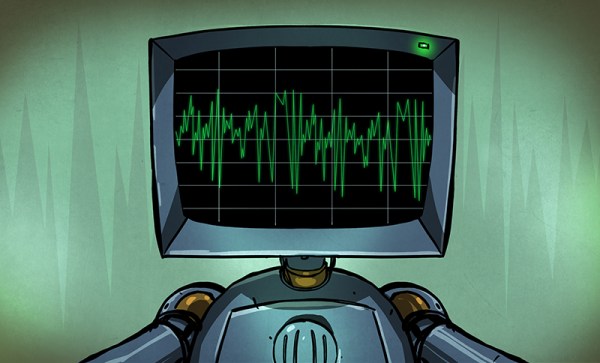The ever-resourceful [Turbo Conquering Mega Eagle] has an excellent excuse for starting on projects, he’s building them for his kids and making videos. We’re not so sure his little motorcycle wasn’t built because Dad also wants to have a go though, because it seems he had quite a lot of fun testing it.
The build starts with a Chinese petrol conversion kit for a bicycle. There’s a little twofour-stroke motor and a basic chain drive to a large sprocket intended to fit on the opposite side of a bicycle wheel to the pedal sprocket. He uses a pair of pneumatic wheelbarrow wheels for which he makes a new bush and to which he welds the sprocket. These go into a fairly simple hardtail frame for which he makes a padded motorcycle seat, and from then on he’s ready to go.
The result is a rather cool little non-road-legal motorcycle that we suspect most readers will have a hankering to own. We’re not so sure about its seeming lack of brakes though. Judge for yourself, the video is below the break.
This isn’t the first home made small bike we’ve brought you, though it’s a lot safer than the first one.
Continue reading “This Is The Bike You Wanted Your Dad To Make You When You Were Eight Years Old!”


